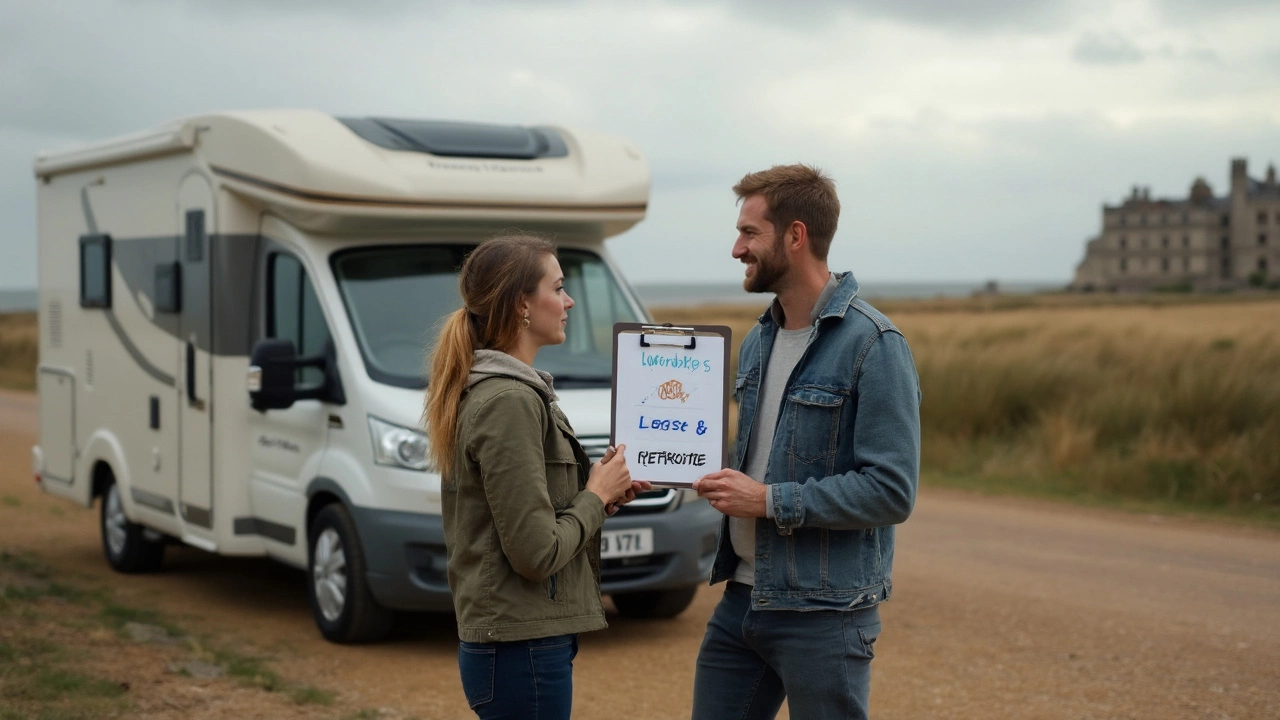RV Lot Investment: How to Turn a Parking Space into Profit
If you love motorhomes and you see a lot of people hunting for spots, you’ve found a niche that can actually pay you back. An RV lot isn’t just a patch of asphalt – it’s a revenue stream that can grow with the rise of road‑trip tourism. Below are the basics you need to know before you sign a contract.
Why Invest in an RV Lot?
First off, demand is steady. More families are swapping hotel rooms for motorhome adventures, and many of them need a safe place to park overnight. Unlike a hotel room that sits empty on off‑season days, an RV lot can be rented year‑round, especially if you offer both short‑stay and long‑term options.
Second, the upfront cost is lower than buying a traditional rental property. You don’t need a huge mortgage to purchase a few dozen spaces, and maintenance expenses are limited to things like lighting, drainage, and occasional security upgrades.
Third, the cash flow is simple. Charge a flat daily fee, a weekly discount, or a monthly rate for owners who want a permanent spot. Add extra services – dump stations, electricity hookups, Wi‑Fi – and you can boost income without a massive capital outlay.
How to Choose the Right Lot
Location matters more than you think. Look for sites near popular attractions, coastal routes, or national parks. A spot a few miles from a beach or a hiking trail will fill up faster than a remote inland lot.
Check zoning and local bylaws. Some councils still treat RV parking as “temporary accommodation,” which can limit the number of spaces you’re allowed to sell or rent. Make sure the land is officially approved for motorhome use to avoid costly legal headaches.
Infrastructure is your next checklist item. Do you have electricity, water, and waste‑dump facilities? If not, ask yourself whether the cost of installing them will be covered by the projected revenue. In many cases, a basic hook‑up package (30‑amp service and a dump point) is enough to start generating income.
Run the numbers before you bite. Add up the purchase price, any clearing or paving, utility installation, insurance, and ongoing maintenance. Then estimate a realistic occupancy rate – 60‑70% is a good baseline for a well‑located lot. If the projected cash flow covers your costs and leaves a healthy margin, you’re on the right track.
Don’t forget to think about scalability. Buying a smaller lot now can give you hands‑on experience, and you can later merge adjacent parcels to expand. The more spaces you control, the better you can negotiate bulk service contracts and lower per‑unit costs.
Finally, market your lot like you would any other rental. Use photo‑rich listings on motorhome forums, partner with local tourism boards, and encourage happy customers to leave reviews. A solid online presence can turn a modest lot into a bustling hub.
Investing in an RV lot isn’t a get‑rich‑quick scheme, but with the right research and a focus on location, infrastructure, and simple pricing, you can build a steady, low‑maintenance income stream. Start small, learn the ropes, and watch your motorhome parking business grow alongside the rising love for road‑trip freedom.
Is Buying an RV Lot a Good Investment? Real Facts You Should Know
Thinking about buying an RV lot? This article breaks down the pros and cons, from costs to real returns. Learn what to look for, common pitfalls, and some surprising facts that can affect your wallet. Get straight talk on buying in hot spots, renting out your lot, and long-term outlooks. It's everything you need to know before you sign that dotted line. No sugarcoating—just practical info to help you make a smart move.
